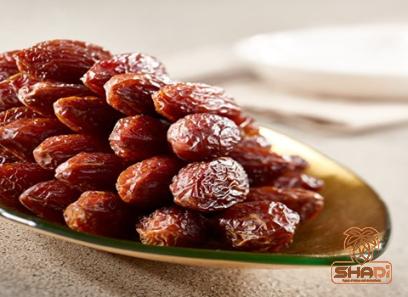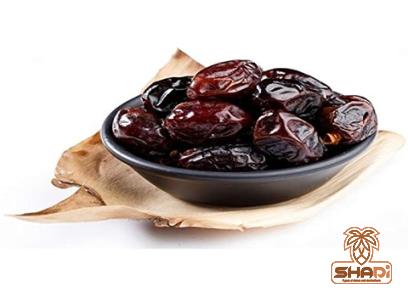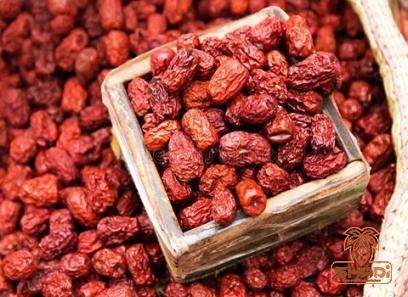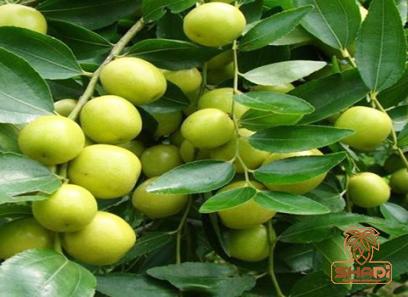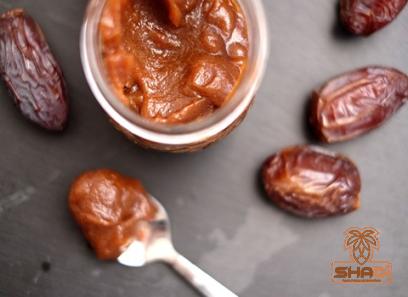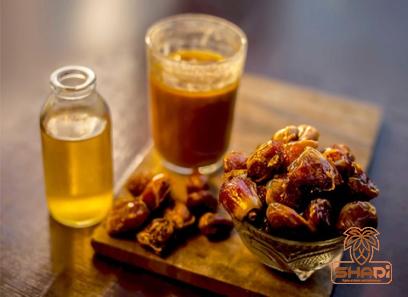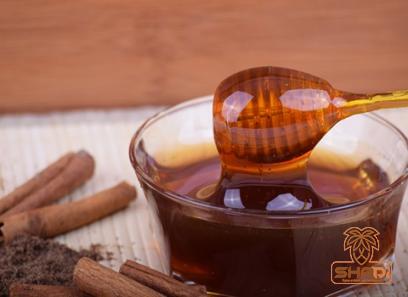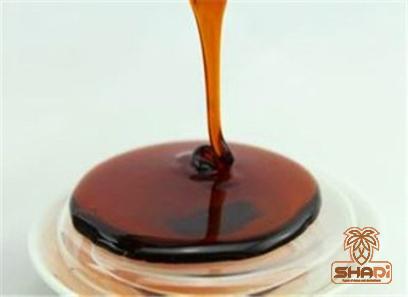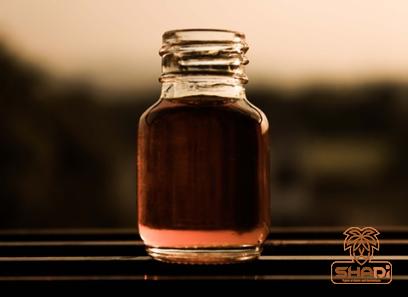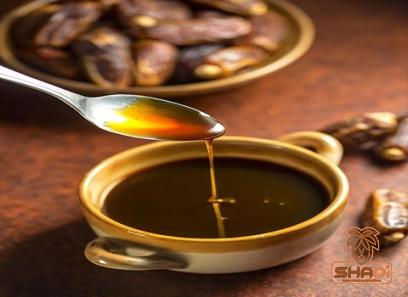Medjool dates are highly regarded for their sweet and luscious flavor, making them a popular choice among health-conscious individuals and food enthusiasts. However, like any other natural and premium product, the pricing of Medjool dates is influenced by various factors. In this article, we delve into the intricacies of Medjool date pricing, exploring the factors that contribute to their cost, market trends, and potential variations in prices.
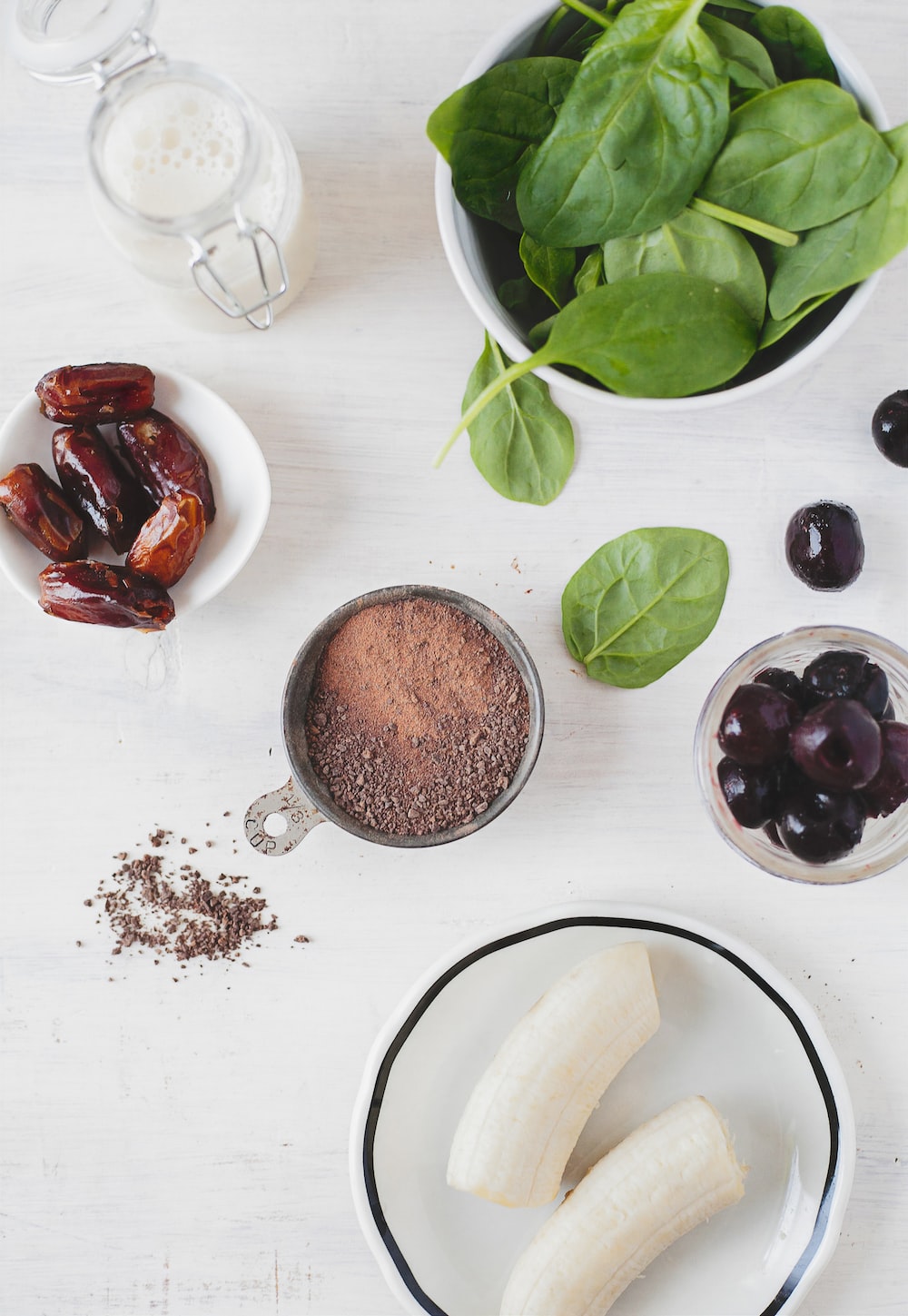
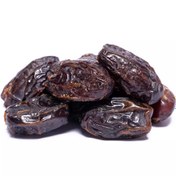
Growing Conditions and Geographic Factors:
One significant aspect that affects Medjool date pricing is their growing conditions and geographical location. The ideal environment for Medjool date production entails arid and subtropical regions with specific soil conditions and a lengthy growing season. Morocco, the United States (primarily California and Arizona), Israel, and Jordan are some of the major producers of Medjool dates worldwide. The cost of production varies across these regions, influencing the retail price. Factors such as water availability, labor costs, and land rentals also contribute to the overall price.
Demand and Market Trends:
The demand for Medjool dates has been steadily increasing, largely owing to their reputation as a healthy snack and natural sweetener. Their popularity has surged in recent years due to a growing interest in plant-based, organic, and nutrient-dense food options. As demand rises, producers seek to match the market’s needs, leading to a potential increase in price. Additionally, seasonal fluctuations and limited availability of fresh Medjool dates can impact their pricing.
Quality and Grade:
Medjool dates are graded based on factors such as size, texture, appearance, and moisture content. The highest quality Medjool dates are typically larger, plumper, and have a moist and caramel-like texture. These premium Medjool dates often command a higher price due to their superior taste and visual appeal. However, lower-grade Medjool dates, although not as visually appealing, can still offer a delightful taste experience and are usually more affordable.
Organic and Sustainable Certification:
The organic and sustainable farming practices employed in Medjool date cultivation often result in higher costs for the producers. Organic certification ensures that the dates are grown without the use of synthetic pesticides, fertilizers, or genetic modification. Sustainable cultivation methods, such as water conservation techniques, also influence the final price. Consumers who prioritize organic and sustainable options may have to pay a premium for these certifications.
Packaging and Branding:
The packaging and branding of Medjool dates can significantly impact their price. Specialized packaging that ensures freshness, extended shelf life, and protection against damage may result in higher production costs. Furthermore, established brands that have built a reputation for quality and consistency may charge a premium for their product.
In summary, the price of Medjool dates is influenced by a combination of factors such as growing conditions, geographic location, demand, quality, organic and sustainable certifications, and packaging. As consumers increasingly value health and quality in their food choices, the popularity of Medjool dates continues to grow. While the price may vary depending on these factors, they remain a delicious and nutritious product that offers a delightful culinary experience. It is essential for consumers to understand these factors to make informed decisions when purchasing Medjool dates and to appreciate the effort, care, and expertise that go into their production.
